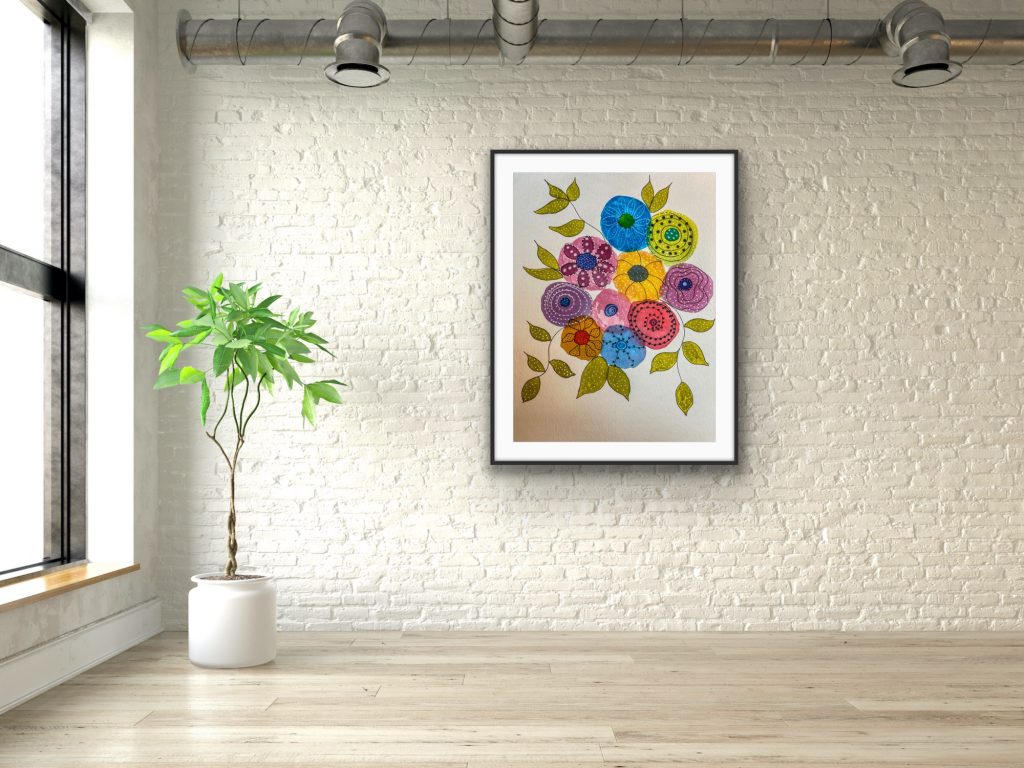Anxiety disorders are among the most common mental health challenges, affecting millions of people worldwide. While therapy and medication are often essential tools, many people also find relief in creative outlets — especially visual art. But why does art help ease anxiety, and what does science have to say about it?
1. Art engages the mind in mindfulness
When we draw, paint, or sculpt, our attention naturally shifts to the present moment. This state of “flow” — total absorption in the activity — is closely linked to reduced rumination and calmer nervous system activity. In other words, art functions much like meditation: it helps anchor us in “now” instead of worrying about “what if.”
2. Creating art reduces stress hormones
Studies have shown that engaging in visual art can lower cortisol, the hormone our bodies release in response to stress. Lower cortisol levels are associated with better mood, improved focus, and reduced physical tension.
3. Expression makes emotions manageable
Anxiety often involves emotions that feel difficult to name or articulate. Art provides a nonverbal language to process those feelings. A swirl of color, an abstract shape, or even simple doodles can capture experiences that words can’t reach. This externalization helps people feel less trapped inside their own thoughts.
4. Art builds a sense of control and accomplishment
Anxiety can make life feel unpredictable. Creative projects, however, give us a safe environment where we can make choices — which color to use, what shape to draw — and see results immediately. That sense of control and progress builds resilience and self-efficacy, both of which buffer against anxiety.
5. Community and connection
Sharing artwork, whether in a class, online, or with friends, fosters social connection. Research shows that belonging and support networks are protective factors against anxiety and depression. Art doesn’t have to be a solitary pursuit; it can also be a bridge to others.

